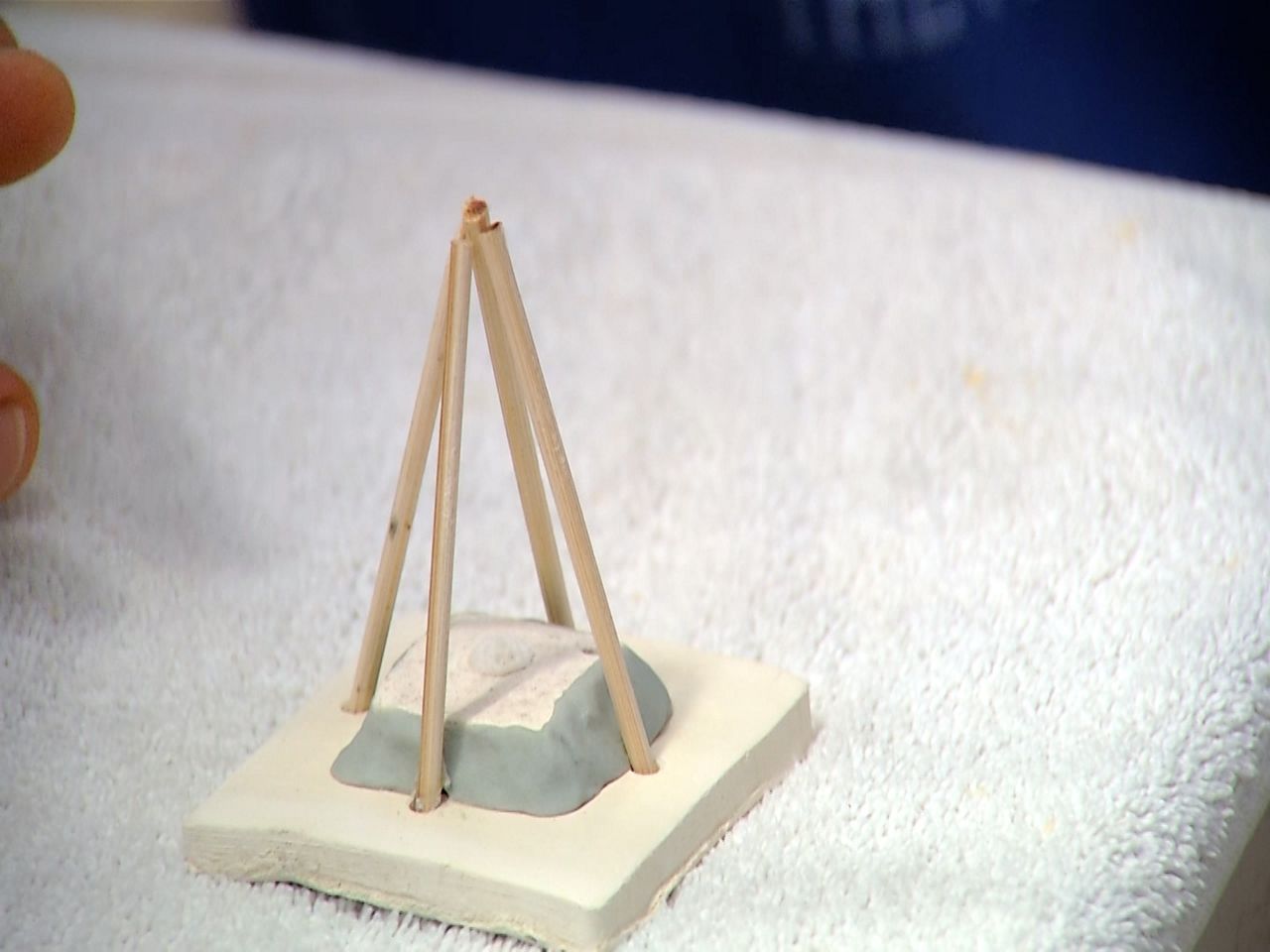TAMPA, Fla. – The Florida Aquarium is known worldwide for its groundbreaking coral conservation program. Recently, one of the Aquarium’s stand-out volunteers helped further those efforts by designing a device to help protect baby coral from predators.
Patrick McGirk has logged 2,500 hours volunteering at the Aquarium’s Center for Conservation in Apollo Beach. The retired middle school science teacher spent most of that time patiently cleaning algae off of young coral.
“Some of it is on the surface and some of it is attached to the edge,” describes McGirk, while holding up a tile mounted with the baby coral, raised in tanks inside the campus’s coral greenhouses.
The coral raised are eventually outplanted in Biscayne National Park, off the coast of South Florida, near the Florida Keys. Back in 2020, the teams discovered a section of newly planted young coral were destroyed by hungry parrot fish.
McGirk began thinking of ways to protect the coral and helped develop a tent-like design using biodegradable bamboo skewers. The skewers are mounted to tile holding each young coral, then cemented into place in the wild.

“They’re called parrot fish because they have a beak. And unless they’re really tiny, they would have a hard time accessing that baby coral in the center,” said McGirk.
The Aquarium dubbed them “Patrick’s Parrotfish Protectors” and, with the help of volunteers, outfitted 452 young coral with the bamboo tents and outplanted them in the same area of reef as before. When divers checked again in a month, they discovered the coral protected by the tents fared up to four times better than those without them.
McGirk, avid diver and lover of coral, modestly credits the other volunteers for helping with the project and told Spectrum Bay News 9 he is just grateful to give back.
“The Florida reef track is 90 to 95% gone,” McGirk said. “And I had the privilege of diving it when it was good 40 years ago. So if this helps… well, you can imagine.”
Coral experts plan to keep monitoring the effectiveness of “Patrick’s Parrotfish Protectors.” If their success with the nursery grown coral continues, The Florida Aquarium and its partners will look into the possibility of manufacturing them for use in larger quantities.



